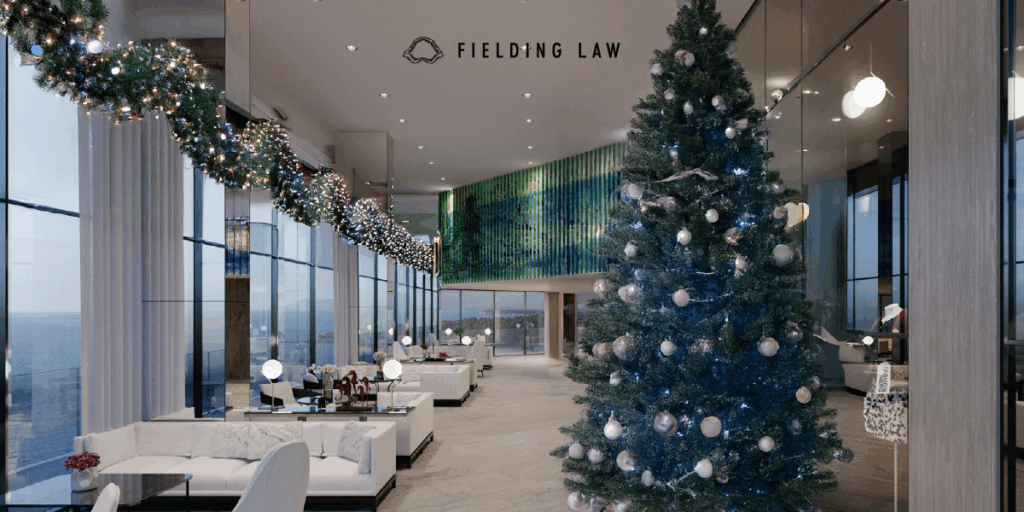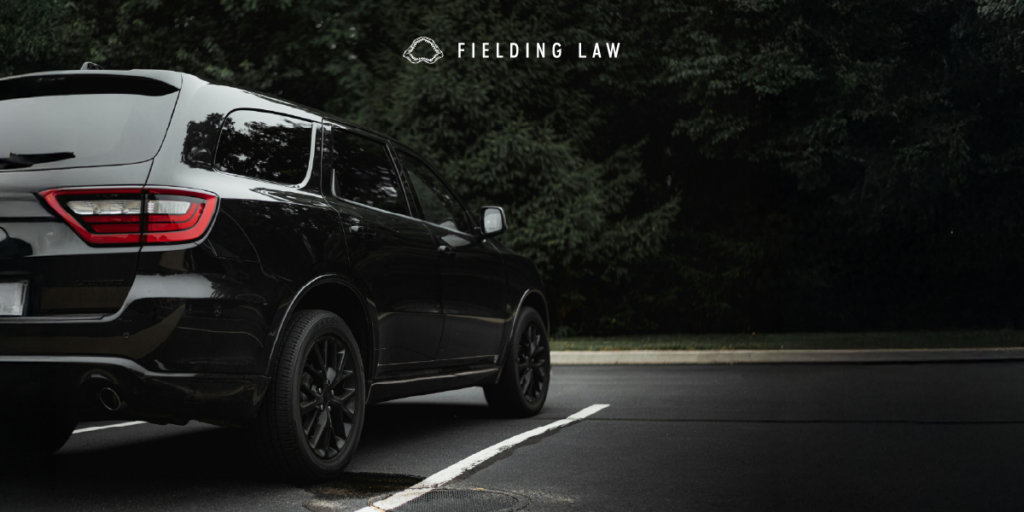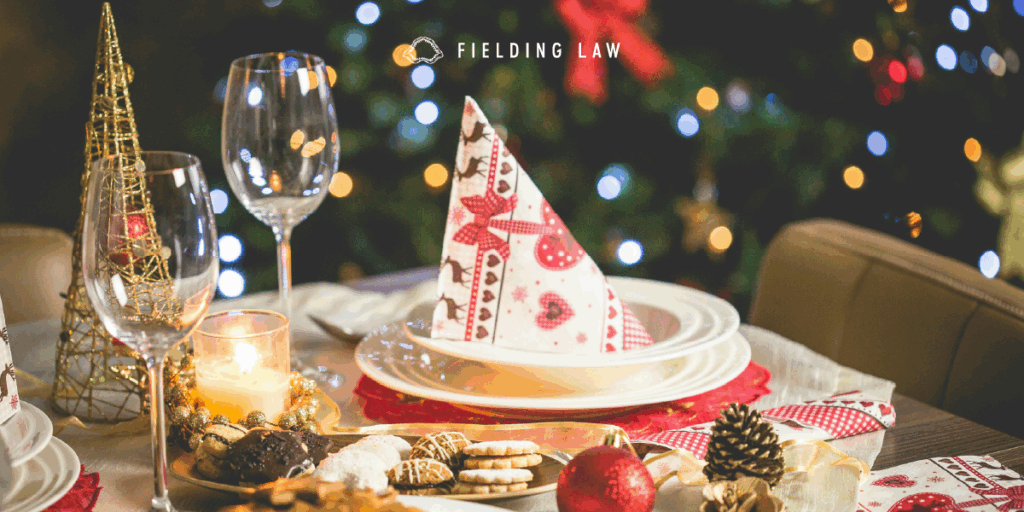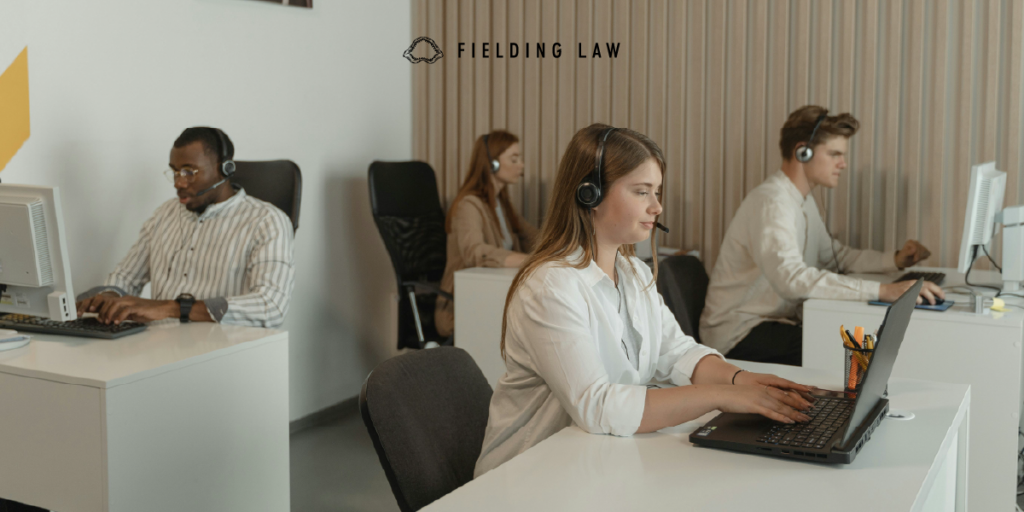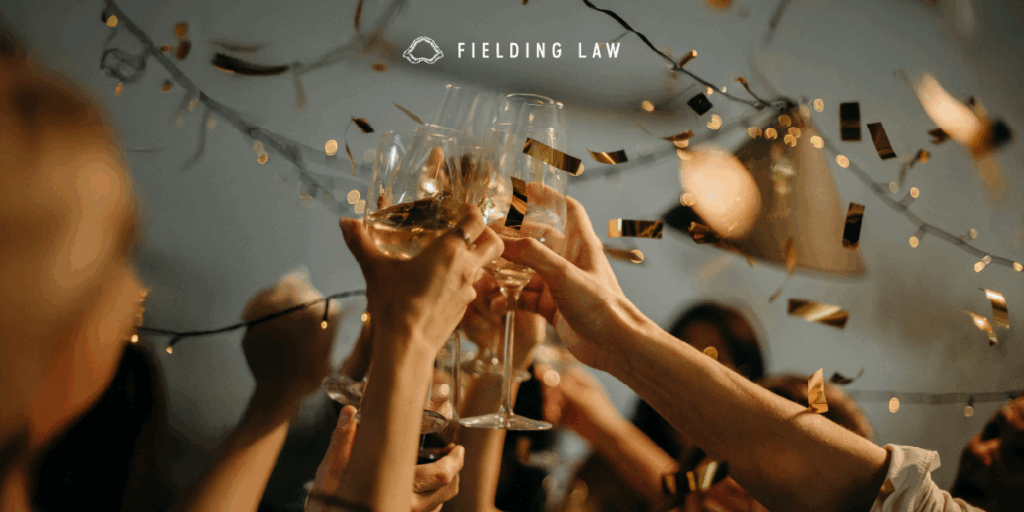
The Dangers of New Year’s Impaired Driving
New Year’s Eve brings celebration and excitement, but it is also one of the most dangerous nights to drive. Each year, Arizona and California police report more crashes caused by impaired driving during the holidays.
Impairment does not only mean drinking alcohol. It can include drug use, both legal and illegal, and even extreme tiredness. Prescription drugs and marijuana can slow reaction time and reduce coordination. Mixing alcohol with any drug makes the effects worse. Even when drivers believe they are fine, their judgment and reflexes may already be impaired.
How to Prevent Holiday Crashes
Planning ahead keeps celebrations safe and prevents tragedy.
-
Pick a sober driver before you drink or use any drug.
-
Use a rideshare or taxi if you plan to celebrate with alcohol or other substances.
-
Avoid mixing substances, even if one is prescribed.
-
Stay overnight near your celebration if driving home is not safe.
-
Report unsafe drivers if you see someone driving erratically or swerving.
Even small choices, such as giving your keys to a friend, can make a big difference.
What to Do After a New Year’s Impaired Driving Crash
If an impaired driver injures you or someone you love, take action quickly. First, get medical care right away. Then, contact Fielding Law for guidance. Our legal team helps people hurt by impaired drivers recover compensation for medical bills, lost wages, and pain and suffering.
We carefully investigate every case and communicate directly with insurance companies to protect your rights. Our attorneys stand by you throughout the process and fight for a fair outcome.
Why Hire Fielding Law
At Fielding Law, we treat clients with kindness, respect, and professionalism. Our team listens to your story and handles each case with care. We focus on helping victims of New Year’s impaired driving move forward and find peace of mind.
If you were injured by an impaired driver this New Year’s, call 833.88.SHARK to speak with an attorney who will fight for you and your recovery.
Note: Information provided is for educational purposes and does not constitute legal advice. Always consult with a qualified attorney for legal concerns.

